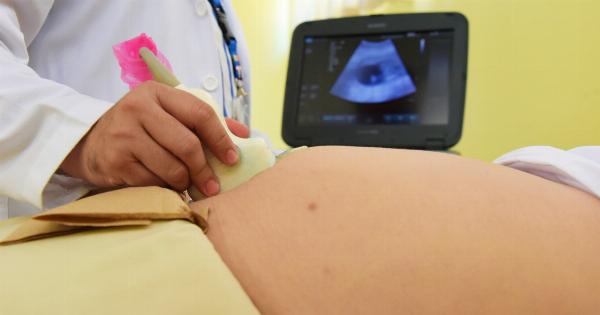Gastroenteritis, commonly known as stomach flu, is a condition that affects the digestive system and causes inflammation in the stomach and intestines.
This condition is typically caused by a viral or bacterial infection, which can be transmitted through various modes including contaminated food and water, poor hygiene, and direct contact with an infected person. However, one question that frequently arises is whether gastroenteritis can be transmitted through the air.
In this article, we will explore this topic in detail by examining the evidence for and against airborne transmission of gastroenteritis, as well as the factors that may contribute to such transmission.
The Evidence for Airborne Transmission of Gastroenteritis
Although airborne transmission of gastroenteritis is not widely recognized as a major mode of transmission, there is some evidence to suggest that it may be possible in certain circumstances.
For example, a study published in the Journal of Infectious Diseases found that norovirus, a common cause of gastroenteritis, can be released into the air when an infected person vomits. The study showed that the virus can remain in the air for up to 90 minutes after vomiting and can spread up to 3 meters from the source.
Similarly, a study published in the American Journal of Infection Control found that respiratory particles generated by infected individuals during talking, coughing, and sneezing, can contain norovirus and other gastroenteritis-causing viruses and bacteria. These particles can then be inhaled by others or settle on surfaces and lead to transmission through surface contact.
The Factors that Contribute to Airborne Transmission of Gastroenteritis
While the studies discussed above suggest that airborne transmission of gastroenteritis is possible, it is important to recognize that not all cases of gastroenteritis will lead to airborne transmission.
The likelihood of airborne transmission may depend on a number of factors, including:.
1. The Type of Virus or Bacteria that Causes Gastroenteritis
Some viruses and bacteria are more easily transmitted through the air than others. For example, norovirus, a common cause of gastroenteritis, is highly contagious and can be transmitted through the air as well as through contaminated food and water.
Other viruses that may cause gastroenteritis, such as rotavirus, are less likely to be airborne.
2. The Level of Contamination
The level of viral or bacterial contamination in the environment can also play a role in the likelihood of airborne transmission.
Studies have shown that norovirus is highly resistant and can survive on surfaces for days, potentially increasing the risk of transmission through contact with contaminated surfaces.
3. The Mode of Transmission
The mode of transmission can also affect the likelihood of airborne transmission of gastroenteritis. For example, if an infected person vomits, the virus can be released in the air and potentially transmitted to others in close proximity.
Similarly, if an infected individual coughs or sneezes in the presence of others, respiratory particles containing the virus or bacteria may become airborne.
The Best Ways to Prevent Airborne Transmission of Gastroenteritis
Preventing transmission of gastroenteritis requires a multi-faceted approach that includes good hygiene practices as well as measures to reduce the risk of airborne transmission.
Here are some steps you can take to reduce the risk of airborne transmission of gastroenteritis:.
1. Isolation of Infected Individuals
Individuals who are infected with gastroenteritis should be isolated and kept away from others as much as possible, especially during the period when they are symptomatic.
If an infected person needs to be in close proximity to others, they should wear a face mask to reduce the risk of airborne transmission.
2. Good Hygiene Practices
Good hygiene practices, including frequent hand washing, can help reduce the risk of gastroenteritis transmission.
individuals should also avoid touching their face or mouth when in the presence of infected individuals, as this can increase the risk of transmission through respiratory particles.
3. Regular Cleaning and Disinfection
Regular cleaning and disinfection of surfaces can help reduce the risk of transmission of gastroenteritis.
This is especially important in areas where an infected person has vomited or had diarrhea, as these bodily fluids may contain large amounts of the virus or bacteria.
4. Avoid Exposure to Contaminated Air
If you are in close proximity to an infected individual who is coughing, sneezing or vomiting, try to avoid inhaling the air droplets they expel. Wearing a face mask can also help reduce the risk of transmission through airborne droplets.
Conclusion
Gastroenteritis is a common condition that can be transmitted through various modes, including contaminated food and water, poor hygiene, and direct contact with an infected person.
While there is some evidence to suggest that airborne transmission of gastroenteritis may be possible, this is not a widely recognized mode of transmission. Nevertheless, taking steps to reduce the risk of airborne transmission can help prevent the spread of gastroenteritis and protect individuals from this unpleasant and potentially dangerous condition.































